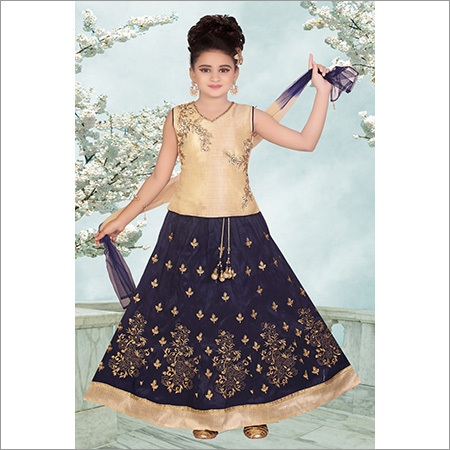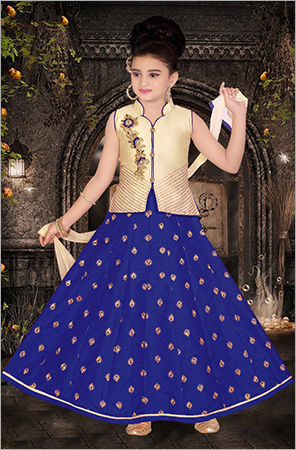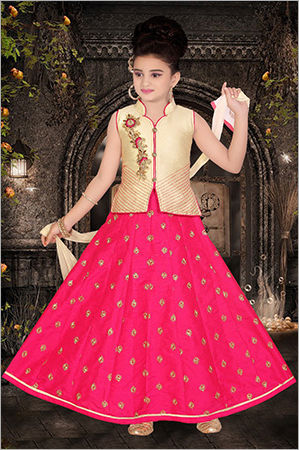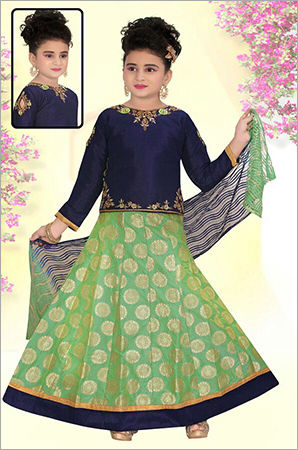Baby Dress
Product Details:
- Feature Dry Cleaning
- Style Classic
- Gender Girls
- Material polyester
- Fabric Type Brocade
- Pattern Embroidered
- Season Summer
- Click to View more
Baby Dress Product Specifications
- Blue Golden
- Classic
- Summer
- Sleeveless
- Embroidered
- polyester
- Brocade
- Girls
- Dry Cleaning
Baby Dress Trade Information
- Western Europe Central America Asia Australia North America South America Middle East Eastern Europe Africa
- All India
Product Description
Baby gowns have a few important characteristics and things to keep in mind.
1. Baby gowns come in a range of sizes to fit children of different ages and stages of development. For the baby to fit comfortably and have freedom of mobility, the right size must be chosen.
2. Fabric: Lightweight, breathable materials like cotton or cotton mixes are frequently used to make baby gowns. These materials allow for optimal air circulation and are kind to the baby's delicate skin.
3. Baby dresses come in a variety of styles and designs, such as frills, ruffles, embroidery, prints, and patterns. For simple clothing and diaper changes, they may have buttons, snaps or ties.
4. Comfort and Convenience: Both the infant and the carer should be able to wear comfortable and convenient baby gowns. To make dressing and undressing easier, take into account characteristics like soft seams, elastic fabrics, and simple closure mechanisms.
5. Safety: When selecting a baby dress, make sure it is devoid of any tiny or removable components that could present a choking risk. Choose dresses with designs or embellishments that are securely fastened.
6. Care requirements: For washing and upkeep requirements, refer to the care directions on the clothing. Baby gowns frequently need gentle washing and maybe low-heat ironing.
Baby dresses are adaptable and can be worn for a variety of situations, such as social gatherings, parties, or formal occasions. They come in a variety of hues and patterns, allowing parents to select outfits that reflect their particular preferences and go well with their child's character.
When choosing a baby clothing, keep the infant's convenience, safety, and comfort in mind. Always put the baby's comfort and ease of movement and nappy changes first when choosing clothing.
Other Products in 'Kids Dress' category
 |
Sai Export
All Rights Reserved.(Terms of Use) Developed and Managed by Infocom Network Private Limited. |









